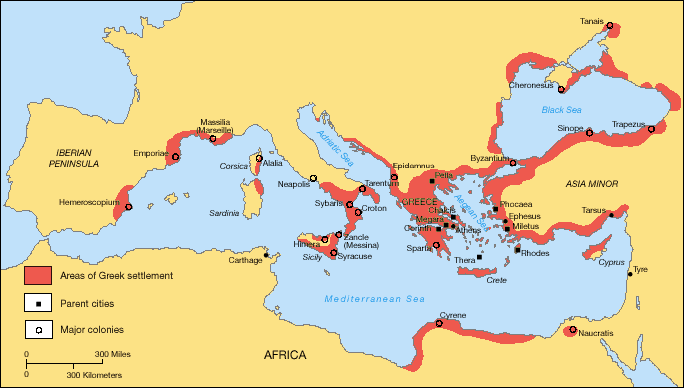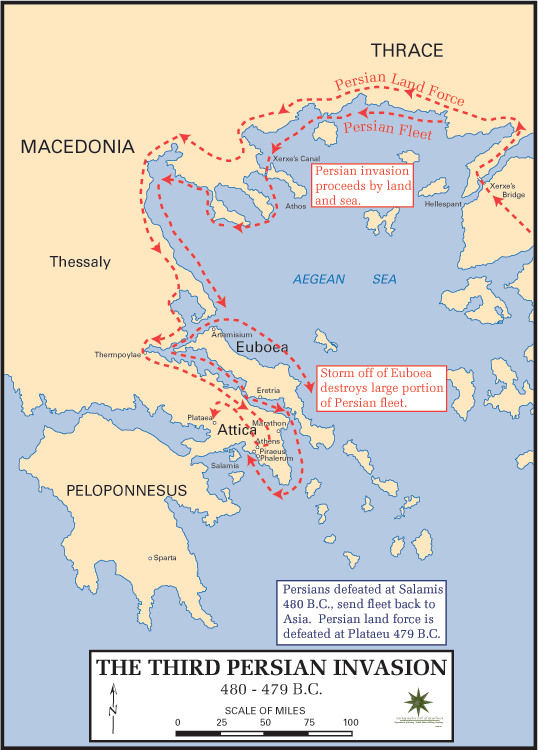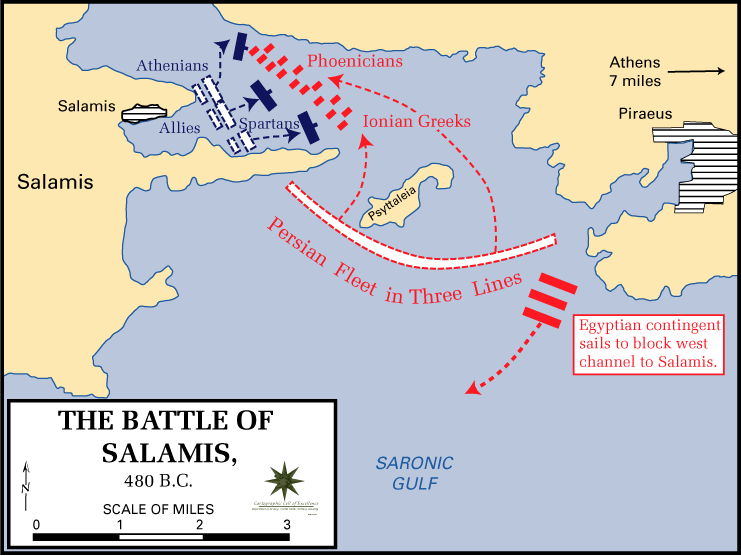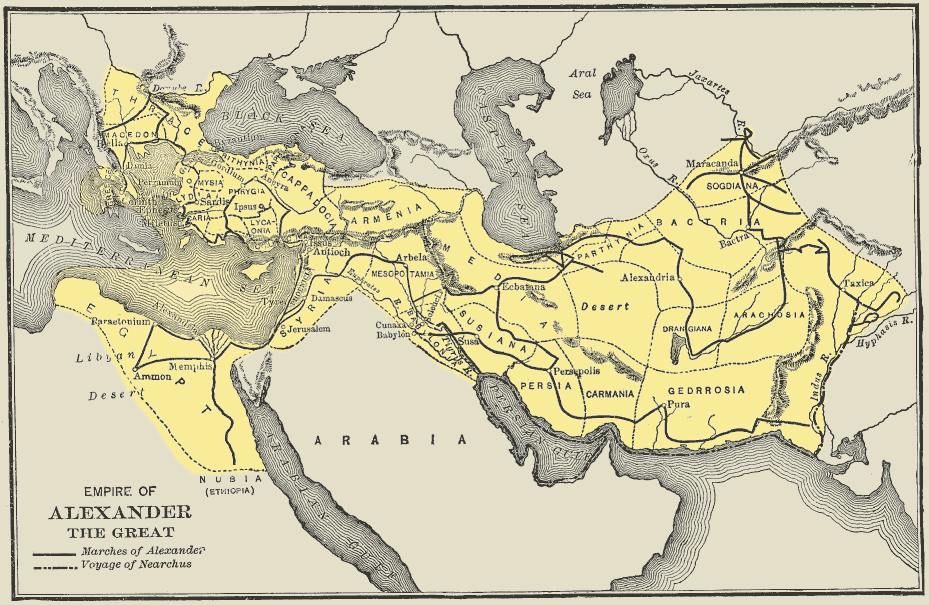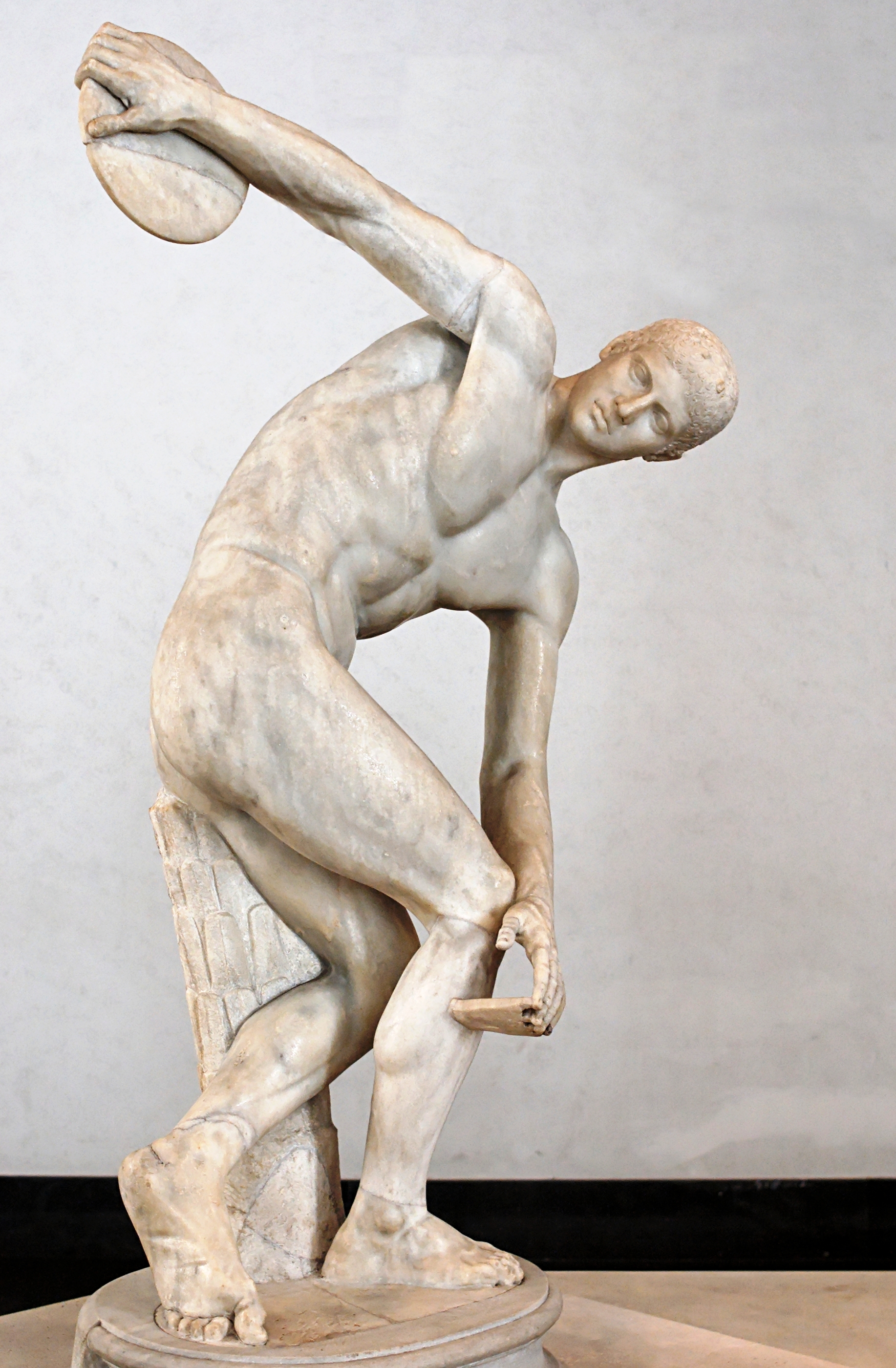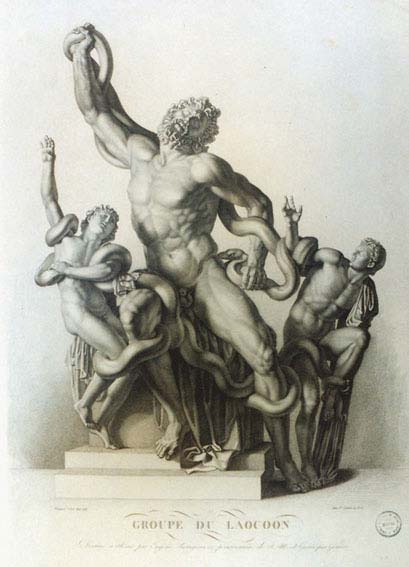DAILY LIFE IN ANCIENT GREECE.
You have to make a short composition about the daily life of people in the Ancient Egypt. You have to choose between the following persons and make a short composition about their daily life: a member of the social elite (a priest, a civil servant, a scribe), an artisan, a peasant, an woman.
Try to imagine that you are that person and you are trying to describe your daily life. Then make your composition trying to answer the folowing questions:
- Did you study in a school? Are you married? At which age did you marry?
- Where do you live? Do you live in a house? In other place? How is your house? Where is located in a city, in the country? It is a small house, big?
- What is your occupation? Are you a slave? Do you have slaves? Do you have a job? What kind of job?
- How is your daily routine? Can you leave your house or do you have to remain in it? Which places are you going to visit during the day?
- What are you main leisure activities? Do you like music? Do you like to dance? To sing? Do you play games?
- What kind of food do you eat? How many times per day do you eat? What kind of clothes do you wear?
- If you are a woman, can you own things? Inherit? Can you choose your husband? Can you leave your house? Can you work outside home?
You can use the information of the following links:
History for kids
http://egypt.mrdonn.org/dailylife.html
PBS Ancient Egypt's daily life.
Ancient Egypt Online
Ducksters Ancient Egypt's daily life
Ducksters Clothes
Ducksters entertainment and games
Kidsgen Daily life of Ancient Egyptians
Aspects of Life in Ancient Egypt
Webpages in spanish:
https://rincondelpasado.wordpress.com/2015/09/07/vida-cotidiana-en-el-antiguo-egipto/
http://www.egipcios.net
https://historiaybiografias.com/faraones/
https://www.muyhistoria.es/h-antigua/articulo/un-dia-en-la-vida-del-faraon
http://aprendersociales.wikispaces.com/LA+VIDA+COTIDIANA
https://webhistoriae.com/antiguo-egipto/
http://www.decorarconarte.com/Paginas-de-Historia-del-Arte/Vida-cotidiana-en-el-antiguo-Egipto
DAILY LIFE IN ANCIENT ROME.
You have to make a short composition about the daily life of people in the ancient rome. You have to choose between the following persons and make a short composition about their daily life: a wealthy patician man, a wealthy patrician woman, a plebian, a gladiator, a legionary.
Try to imagine that you are that person and you are trying to describe your daily life. Then make your composition trying to answer the following questions:
- Did you study in a school? Are you married? At which age did you marry?
- Where do you live? Do you live in a house? In other place? How is your house? Where is located in a city, in the country? It is a small house, big?
- What is your occupation? Are you a slave? Do you have slaves? Do you have a job? What kind of job? Are you involved in politics?
- How is your daily routine? Can you leave your house or do you have to remain in it? Which places are you going to visit during the day?
- What are you main leisure activities? Can you go to the the theather? The baths?
- What kind of food do you eat? How many times per day do you eat? What kind of clothes do you wear?
You can use the information of the following links:
http://www.historyforkids.net/roman-daily-life.html
https://www.salariya.com/web_books/gladiator/index.html
http://www.ducksters.com/history/ancient_rome_food_daily_life.php
http://historylink101.com/2/Rome/roman-army-daily-life.htm
http://www.bbc.co.uk/guides/zqbnfg8
http://rome.mrdonn.org/entertainment.html
http://www.ancient-rome.biz/daily-life.html
http://www.pbs.org/empires/romans/empire/life.html
http://www.pompei.it/pompeii/daily-life-pompeii.htm
https://www.youtube.com/watch?v=juWYhMoDTN0&index=3&list=PLl28cDv8T0QCnNGzlD_FLfETZWaX3xr81
https://www.youtube.com/watch?v=RQMgLxVxsrw
http://www.bbc.co.uk/schools/primaryhistory/romans/family_and_children/
http://www.historyforkids.net/roman-houses.html
http://rome.mrdonn.org/houses.html
Webpages in spanish:
http://www.santiagoapostol.net/latin/vida_roma.html
http://arquehistoria.com/historiasla-vida-cotidiana-en-roma-341
Vivienda:
http://recursos.cnice.mec.es/latingriego/Palladium/latin/esl143ca5.php
Mujeres:
http://muchosobreroma.blogspot.com.es/2010/03/la-vida-de-una-mujer-en-roma.html
http://kathemerikos.blogspot.com.es/2009/04/la-mujer-en-roma.html
http://recursos.cnice.mec.es/latingriego/Palladium/2_publico/espb161ca7.php
Ocio:
https://www.youtube.com/watch?v=aZ8zdiGwJTc
http://www.planetasaber.com/theworld/monographics/seccions/cards/default.asp?pk=3197&art=39
http://recursos.cnice.mec.es/latingriego/Palladium/latin/esl143ca8.php
Legionarios:
http://www.historialago.com/leg_01350_vida_cotidiana_01.htm
http://www.nationalgeographic.com.es/historia/grandes-reportajes/legiones-de-roma-la-vida-en-el-campamento_6358
Gladiadores:
http://www.abc.es/cultura/20140331/abci-vivian-gladiadores-unos-prisioneros-201403311005.html
http://arquehistoria.com/historiasgladiadores-romanos-33
DAILY LIFE IN ANCIENT GREECE.
You have to make a short composition about the daily life of people in the ancient Rome. You have to choose between the following persons and make a short composition about their daily life: a spartan man, a spartan woman, a Athenian citizen, an Athenian woman.
Try to imagine that you are that person and you are trying to describe your daily life. Then make your composition trying to answer the following questions:
- Did you study in a school? Are you married? At which age did you marry?
- Where do you live? Do you live in a house? In other place? How is your house? Where is located in a city, in the country? It is a small house, big?
- What is your occupation? Are you a slave? Do you have slaves? Do you have a job? What kind of job? Are you involved in politics? Can you vote?
- How is your daily routine? Can you leave your house or do you have to remain in it? Which places are you going to visit during the day?
- What are you main leisure activities? Can you go to the the theater? The baths?
- What kind of food do you eat? How many times per day do you eat? What kind of clothes do you wear?
- If you are a woman, can you own things? Inherit? Can you choose your husband? Can you leave your house? Can you vote?
http://www.socialstudiesforkids.com/articles/worldhistory/athenssparta.htm
http://ancientathens.weebly.com/everyday-life.html
General information about the daily life in the Ancient Athens.
http://www.ancientgreece.co.uk/dailylife/home_set.html.
Interactive page that allow to compare the lives of an athenian man, an athenian woman, an spartan man and an spartan woman
http://www.ducksters.com/history/ancient_greek_daily_life.php
http://www.ducksters.com/history/ancient_greece/womens_roles.php
http://www.primaryhomeworkhelp.co.uk/greece/dailylife.htm#mw
http://www.sparta.net/listingview.php?listingID=5
http://www.bbc.co.uk/guides/zc8yb9q
https://www.slideshare.net/13nick/ancient-greece-9436536
https://sites.google.com/a/sanandres.esc.edu.ar/ancient-greece-2010-5b/reports/daily-life-in-athens
http://www.olympia-greece.org/ancient-daily-life.html
http://www.historyforkids.net/ancient-greek-women.html
Webpages in spanish:
GRECIA:
https://sites.google.com/site/lavidacotidianadelamujer/Home/la-mujer-en-atenas
https://sites.google.com/site/lavidacotidianadelamujer/la-mujer-espartana
http://alexxela1985.blogspot.com.es/2013/04/educacion-en-atenas-y-esparta.html
http://html.rincondelvago.com/atenas-y-esparta.htm
https://mirandoelpasado.wordpress.com/2011/12/08/dos-modelos-griegos-totalmente-contrapuestos-atenas-y-esparta/













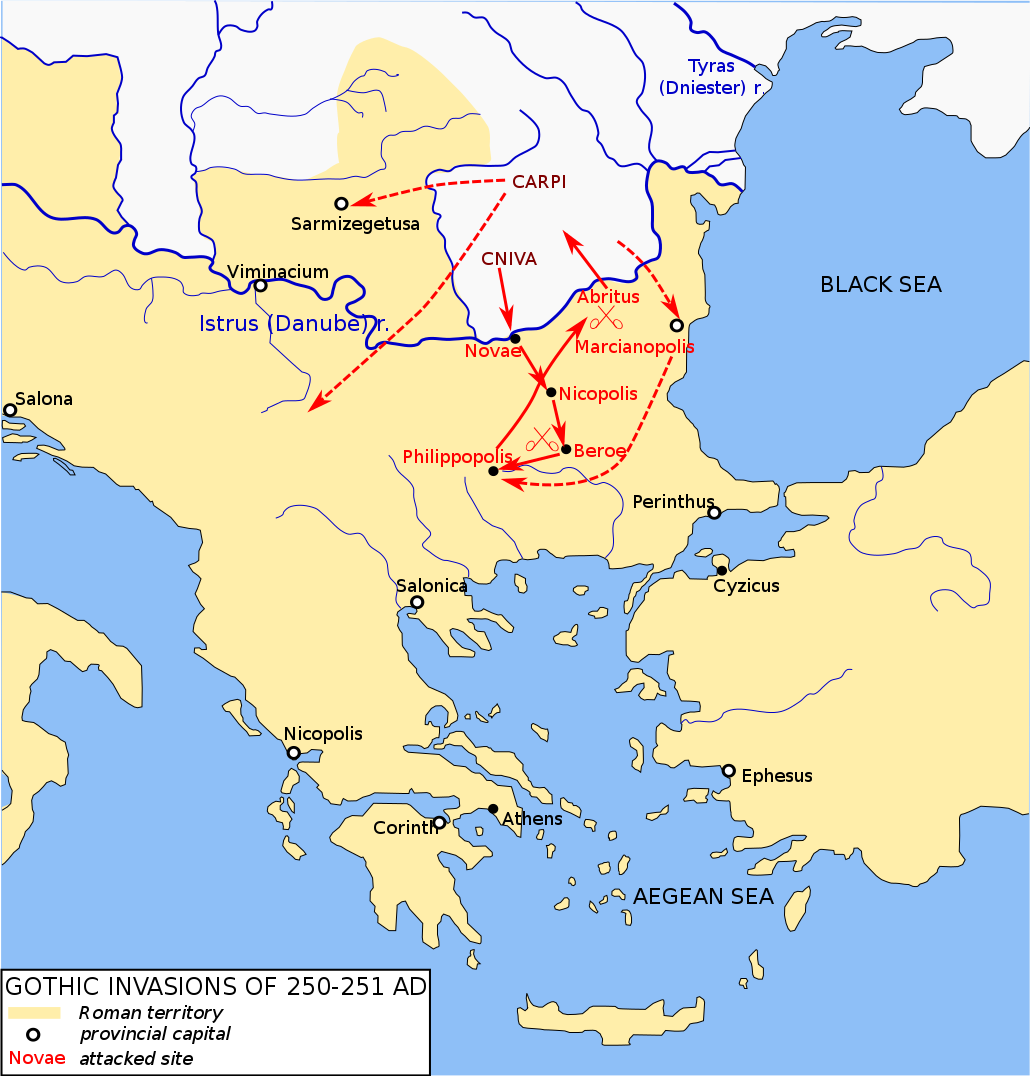



%2C_Budapest.jpg)








